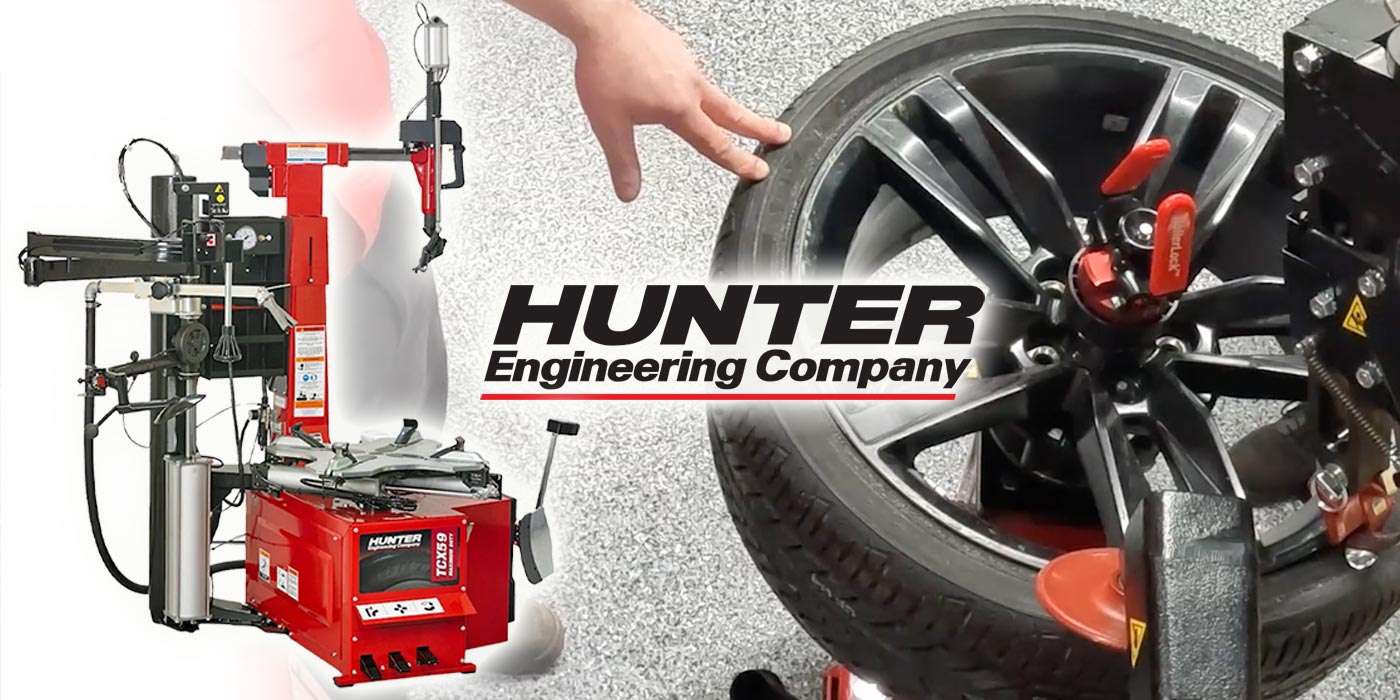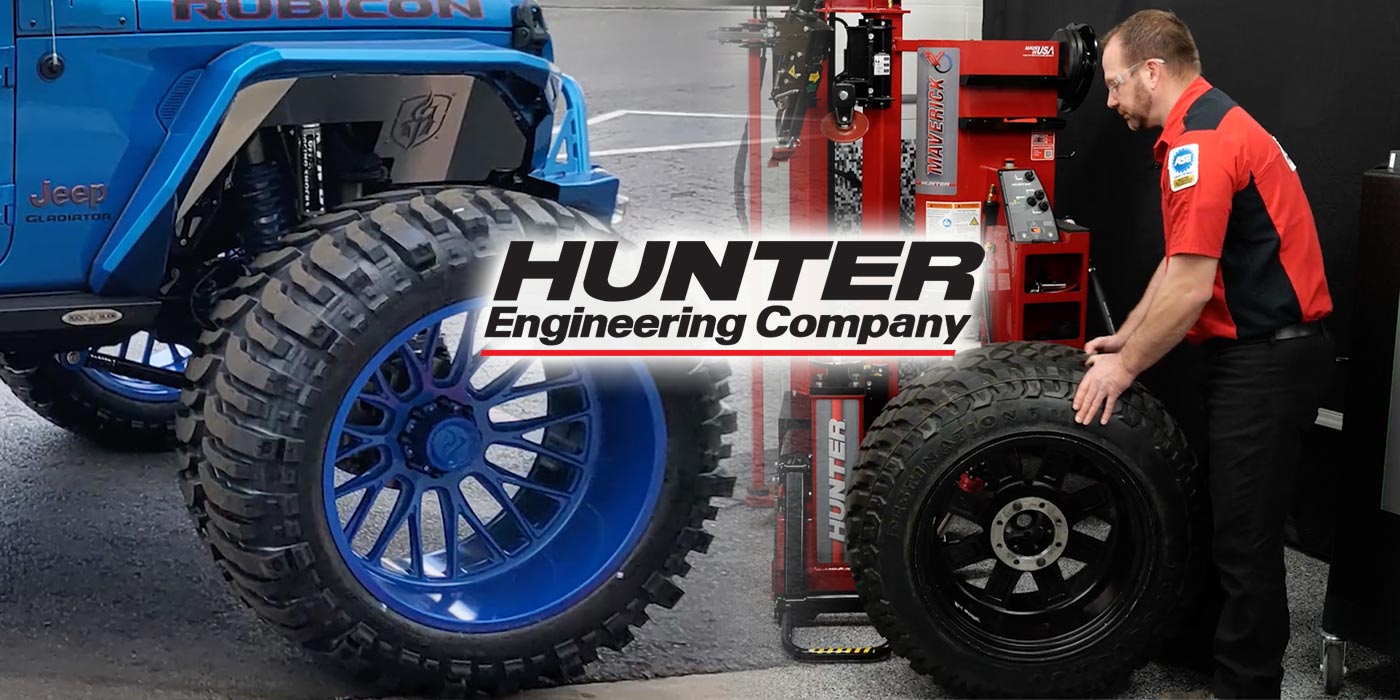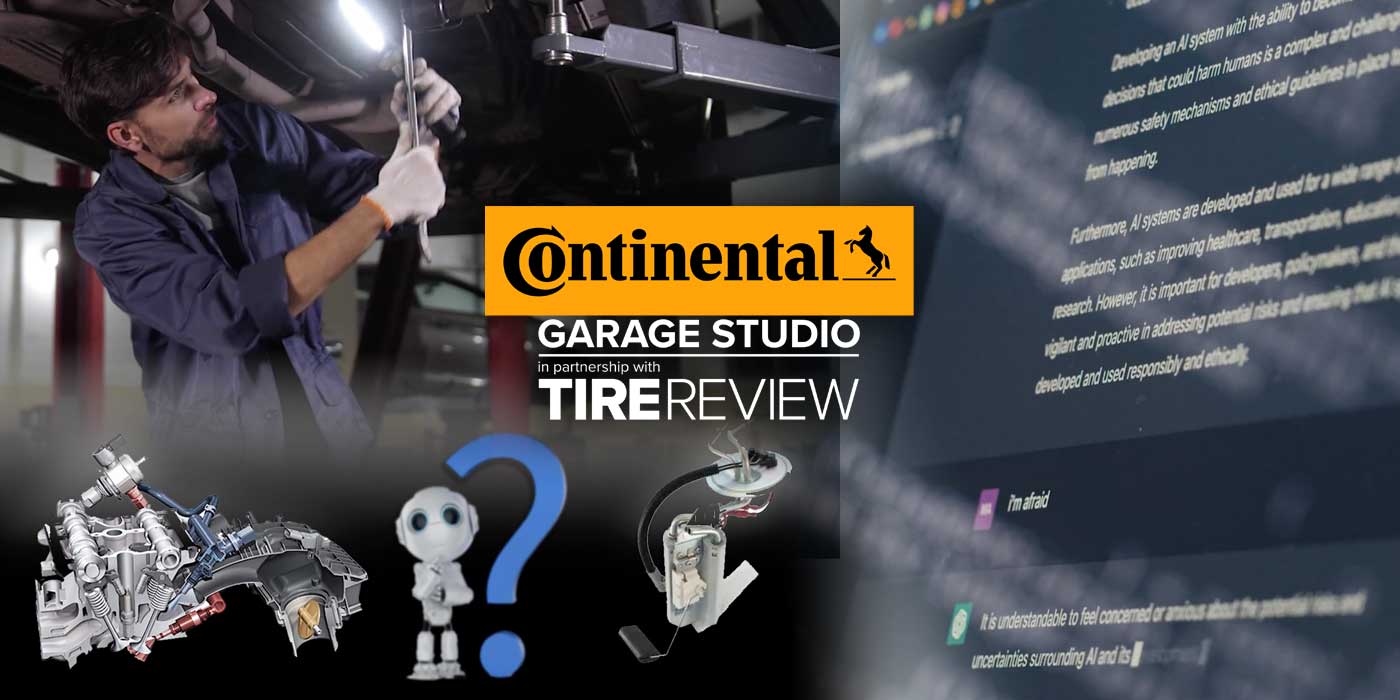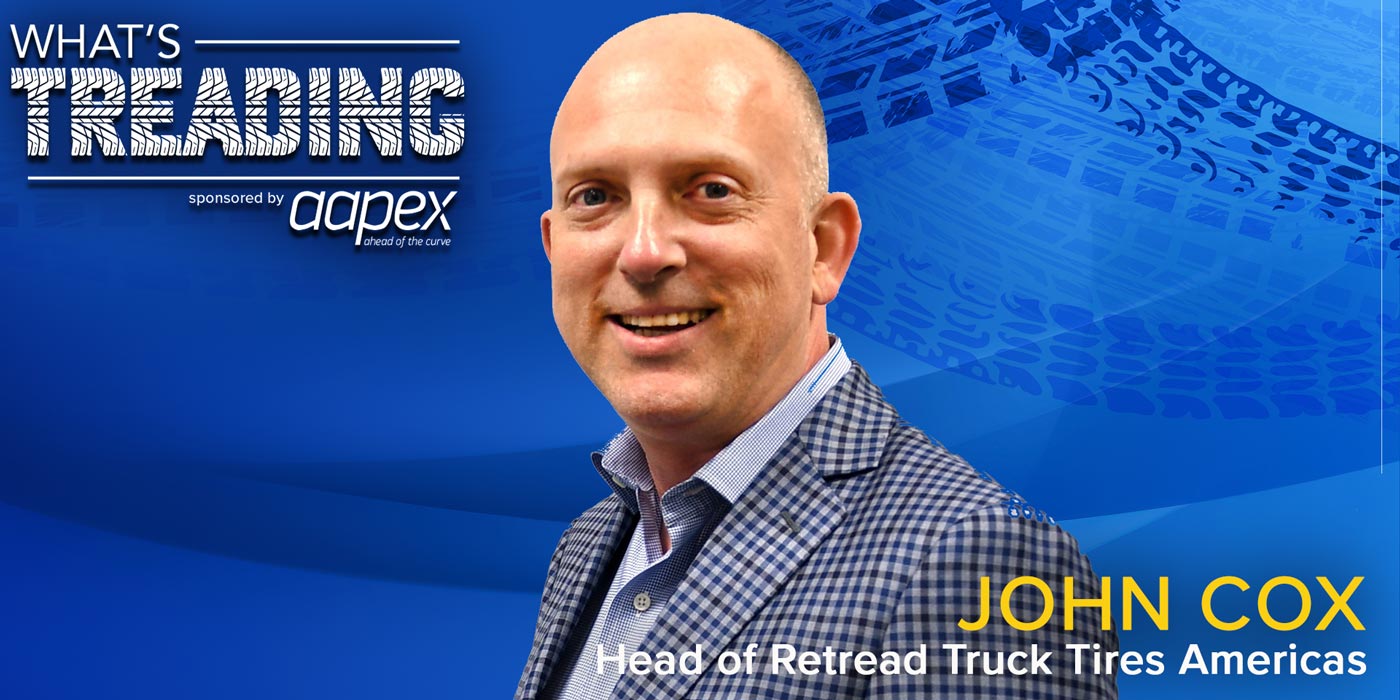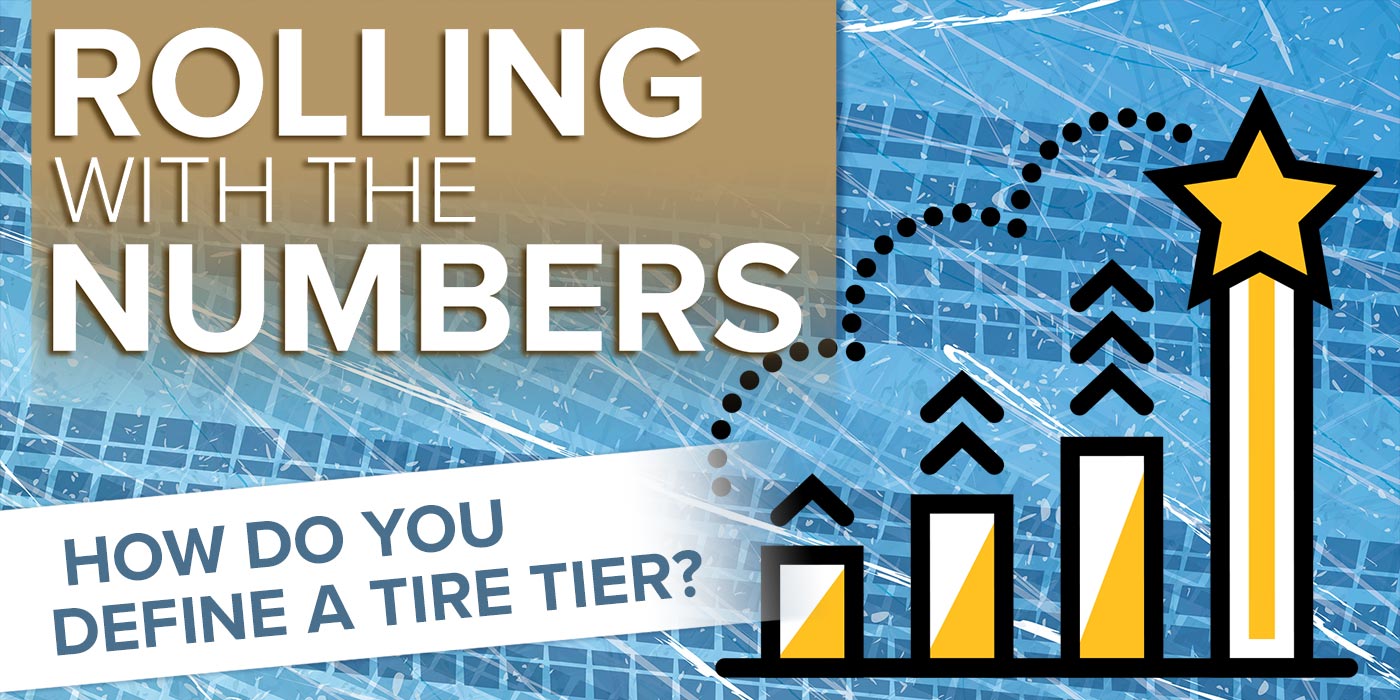Do you ever wish you could have perfect balance in your life? I do. I try to focus my energy on meditation and work-life balance. Did you know you could help your customers achieve the perfect balance, too? I’m done talking about balancing chakras though. I’m talking about something real – achieving the perfect tire balance.
In this Tire Review Continental Tire Garage Studio video, we discuss why wheel balancing is so important and best practices for balancing your customer’s tires.
A perfectly balanced tire happens when weight is distributed equally around the entire circumference of the tire. If customers come into your shop with complaints like unusual vibrations in the driver’s seat or steering wheel or you see premature wear to the suspension, steering components, rotating parts and tires themselves, it’s likely their tires are out of balance.
Your shop should balance the tires on your customer’s vehicle after every 3,000-6,000 miles traveled, or after one to two years – whichever comes first.
Continental also recommends that tires be correctly balanced or rebalanced after rotating the tires, repairing them, after hitting a large pothole or when buying new tires, rims or wheels.
One way for you to balance your customer’s tires is by static balancing. If there is only a slight imbalance in your customer’s tires, static balancing is the best technique and is relatively easy to do.
To start, place the wheel assembly onto the wheel balancer’s spindle or something equivalent to measure balance on one axis. Due to the assembly’s natural imbalance, the heavier side will lean lower to the ground than the lighter side. Once identified, your technician should place a small wheel weight weighing fractions of an ounce 180 degrees across the plane of the tire, onto the flange of the wheel rim. Do this until the balance is restored.
If your customer has a complex or severe imbalance, dynamic balancing should be done by spinning the tire on the spindle to measure the tire on all three axes. Your tech will place the wheel assembly on the wheel balancer’s spindle, which will rotate at speeds ranging from 10-60 mph. As it spins, the sensors from the machine capture every weight imperfection.
When the analysis is complete, the wheel balancer’s computer specifies how much weight your tech should apply and where to balance the tire. Small weights will either clip-on or are adhesive and are added to both the inner and outer planes of the wheel rim to provide the highest precision measurement and balance.
Don’t forget to follow us on Instagram and Facebook and subscribe to our YouTube channel for more tire, service, and shop operations videos.

